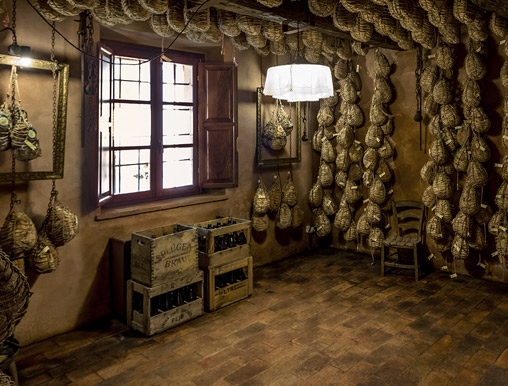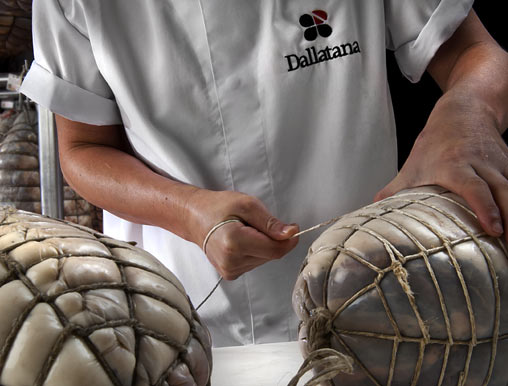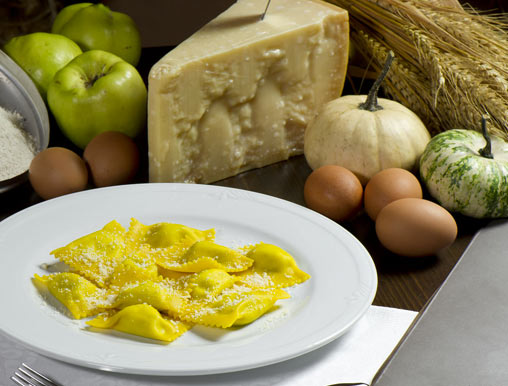
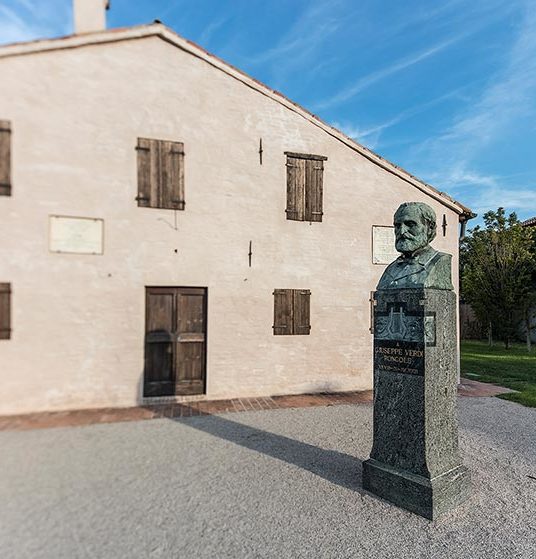
Giuseppe Verdi as Our Neighbour
With a large summer porch, the Osteria Dallatana overlooks the courtyard of the birthplace of the master Giuseppe Verdi. Osteria Dallatana was born from the refurbishment of an ancient mill of the 1600s: from its birth, the building was conceived as a mill at the service of the farmers bringing their grain for grinding. The mill worked through water; the milling times were very long and farmers used to spend their waiting time in the nearby birthplace of Giuseppe Verdi. What we call today the birthplace of the Master Verdi was an Inner, at that time, because the father of the Master was indeed an innkeeper. Now, by a curious twist of fate, the roles were reversed. . It's a mutual exchange of roles that time has wanted and makes us proud.
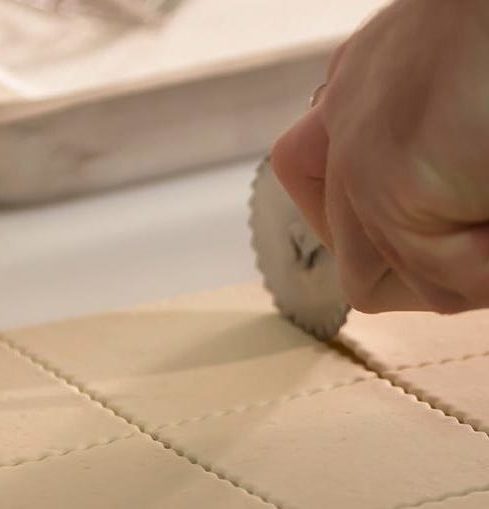
Craftsmen in the Kitchen
The art of butchery and cooking have in common the craftsmanship and care of handmade workings: chefs and butchers are artists who work with their own hands. With our hands, we daily mix for our fresh pastries and our famous Torta Fritta. With our hands, we do creams and jams of vegetables that accompany our charcuterie products; with our hands, we always create the compositions of our sweets and our ice cream.
The Ancient Cellars
Osteria Vecchio Mulino Dallatana is embellished by the ancient cellars of the XVII century, which are open to all visitors: the thick walls, the old pillars, the ancient vaults, the loft above the channel and the bricks themselves are original, and they are so precious for the long curing of our Culatello di Zibello PDO. All these structural elements have absorbed the moisture of the centuries and they represent the ideal setting to slowly refine our Culatello di Zibello. The old Cellars are North facing in order to avoid direct solar orientation and sun overheating, thus to keep humid and cool rooms especially during hot summers. In fact, the dark and wet environment of the cellars is strongly affected by the natural temperature variations: the walls were never reclaimed, indeed, the presence of ‘ancient’ micro organisms makes this location more valuable than ever. The brick floor is what the tradition requires because everything in the cellar must breathe and live thanks to the ideal microclimate of the lowlands of Parma.
